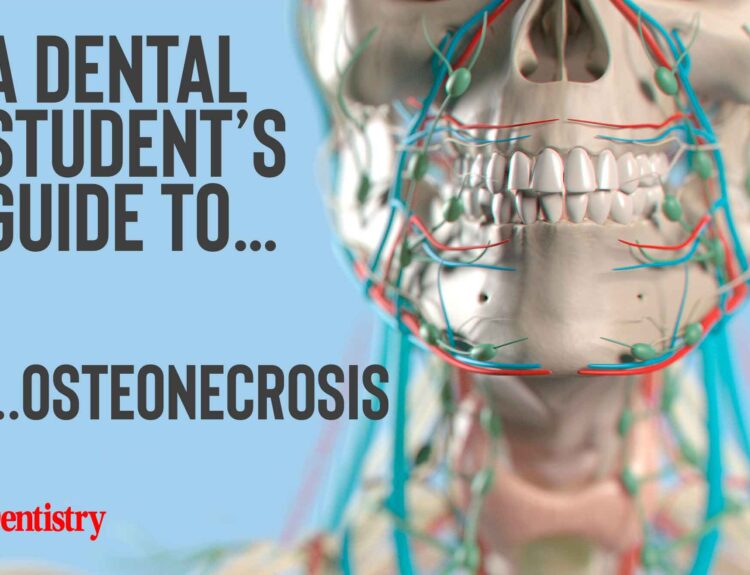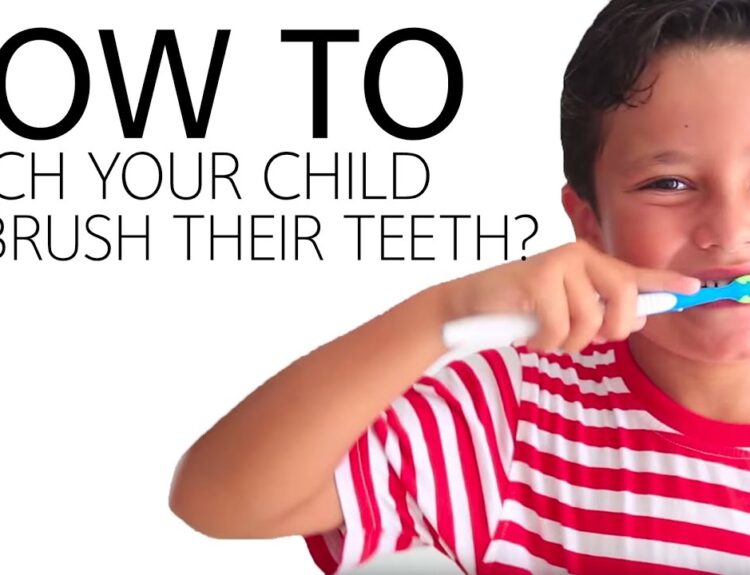Sugar is a primary contributor to tooth decay. Oral bacteria in the mouth feed on consumed sugar and produce acids as a byproduct. These acids attack tooth enamel, leading to demineralization and eventually cavities if not addressed. Sugary snacks and drinks are a leading cause of tooth decay (cavities) among children. The consumption of sugar feeds harmful bacteria in the mouth, leading to the production of acids that erode tooth enamel. Over the period of time, this process causes cavities, pain, and, in severe cases, tooth loss. The situation is exacerbated by frequent snacking, which prolongs acid attacks on teeth, and inadequate oral hygiene, which is common among younger children.
Advertizing plays a pivotal role in shaping dietary habits. Research indicates that children exposed to advertisements for sugary products are more likely to crave and consume these items. The habitual consumption of sugary snacks and beverages, such as sodas, candies, and flavored drinks, significantly increases the risk of dental decay, creating a public health challenge that extends beyond individual households.
The advertizing of sugary snacks and drinks targeted at children has therefore, become a argumentative issue due to its significant impact on children’s health, particularly their dental health. In an era of persistent marketing and global media consumption, children are constantly exposed to advertisements that promote sugary products. This has raised concerns among health professionals, parents, and policymakers about the long-term consequences of such marketing strategies.
Nature of Advertising Targeted at Children
Children are a primary target for advertisers because of their influence on household purchasing decisions and their potential to develop brand loyalty from an early age. Companies employ colorful packaging, catchy jingles, animated characters, and celebrity endorsements to appeal to children. These strategies are particularly effective because children lack the cognitive ability to critically evaluate advertisements, making them more susceptible to persuasive messaging.
Digital platforms have further intensified the reach of advertising. Social media, video streaming services, and online games are saturated with ads promoting sugary snacks and drinks. Influencers and sponsored content frequently disguise advertisements as entertainment, blurring the line between marketing and genuine content. This pervasive exposure fosters a preference for sugary products and normalizes their consumption.
Regulatory Measures and Industry Responsibility
Recognizing the negative impact of targeted advertizing, many countries have introduced regulations to limit the marketing of sugary snacks and drinks to children. Some governments have banned junk food advertising during children’s television programming or imposed restrictions on advertising in schools. In addition, public health campaigns aim to educate parents and children about the risks associated with excessive sugar consumption.
The food and beverage industry also has a responsibility to adopt ethical marketing practices. Some companies have voluntarily pledged to limit advertising aimed at children and reformulate their products to reduce sugar content. Strict enforcement of advertising standards is necessary to protect vulnerable populations from exploitative marketing practices.
Role of Parents and Teachers
Parents and educators play a crucial role in mitigating the influence of advertising. Teaching children about the persuasive intent of advertisements can help them develop critical thinking skills and make healthier choices. Encouraging a balanced diet, limiting screen time, and fostering good oral hygiene habits are essential steps in promoting overall health. We should all prioritize the well-being of children over profits so that society can take a meaningful step toward a healthier future for the next generation.








